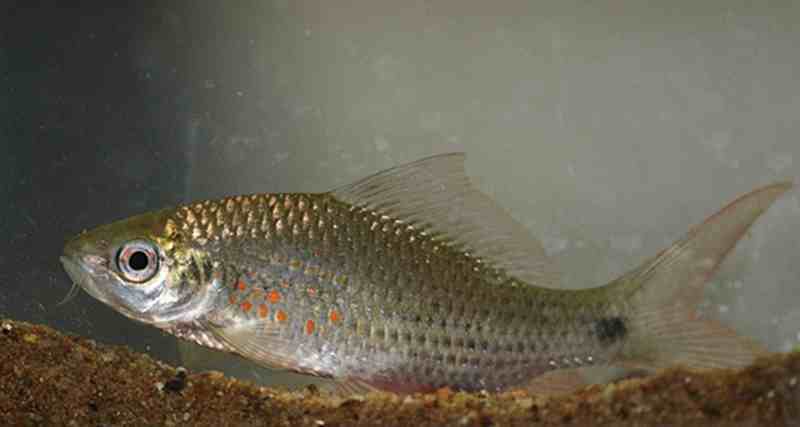East Java Province is known as a region with great fishery potential. However, fishing activity done continuously may cause the fish population to decline while the community’s need for fish-based protein continues to grow. So that fish supply does not always depend on catches, the community must look at other sectors, freshwater aquaculture. East Java has long been known for superior freshwater fish commodities such as tilapia, catfish, gourami, catfish, carp, Java barb and other fish. Most types of fish are actually introduced from outside Indonesia. The potential of Indonesian local fish has not been fully explored. One species of local freshwater fish that is feasible to be developed in East Java is nilem or bonylip barb.
Nilem fish ( Osteochilus vittatus ) in East Java are known as Bayeman fish, like a type of carp fish but smaller in size. This fish lives wild in reservoirs and rivers in East Java and is a catch fish commodity. No captive breeding efforts have been made because the community considers it river fish with low economic value. Whereas in the regions of West Java and Central Java, nilem has long been the prima donna of freshwater fish farming. Besides being used by the meat, another part of the nilem that can be used is the eggs.
Bonylip barb can produce eggs in large quantities and be sold separately from the meat. Aside from being a consumption fish, it can also be developed into ornamental fish. Some freshwater fish center in West Java have developed the fish with brighter color variations. Bonylip barb were able to adapt well in an artificial environment, not very aggressive so they can be kept together with other fish in one location and the type of feed varies because it is an omnivorous fish.
The results of this study showed that bonylip barb has relatively slower growth than other commodities. Researchers suspect that there are many factors that cause slow growth of the fish; one of them is inbreeding which occurs continuously. Therefore, it needs pure individual lines caught from nature and then mated with fish that are already available in the hope of producing fish seeds with better quality.
To find pure strain individuals, some sampling to remote areas rarely touched by human capture activities are needed. One area that is believed to have a fairly good Bonylip barb population is the Poreh river, located on the Eastern tip of Madura Island. Administratively the river is located in Sumenep Regency. Technically fishing must be done in an environmentally friendly way, bearing in mind that lately there have been many cases of catching freshwater fish using electricity and poison. One of the environmentally friendly fishing gears is the fish net.
Sampling results were obtained from several species of bonylip barb in a living condition. The aim is that the fish can be brought to the laboratory for adaptation in a controlled environment. The of the presence of bonylip barb on Madura Island is the first record that was published. It shows that the potential of freshwater fish, especially in East Java has not been fully utilized. The bonylip barb caught from Madura Island is expected to be mated with Bonylip barb in other regions so that people have other options in determining the type of commodity to be cultivated.
Author:Veryl Hasan
Further information about this research available at
Hasan V, Soemarno, MS Widodo, DGR Wiadnya (2019) First record of Osteochilus vittatus (Cypriniformes: Cyprinidae) in Madura Island. Eco. AACL Bioflux Volume 12, Issue 1.





